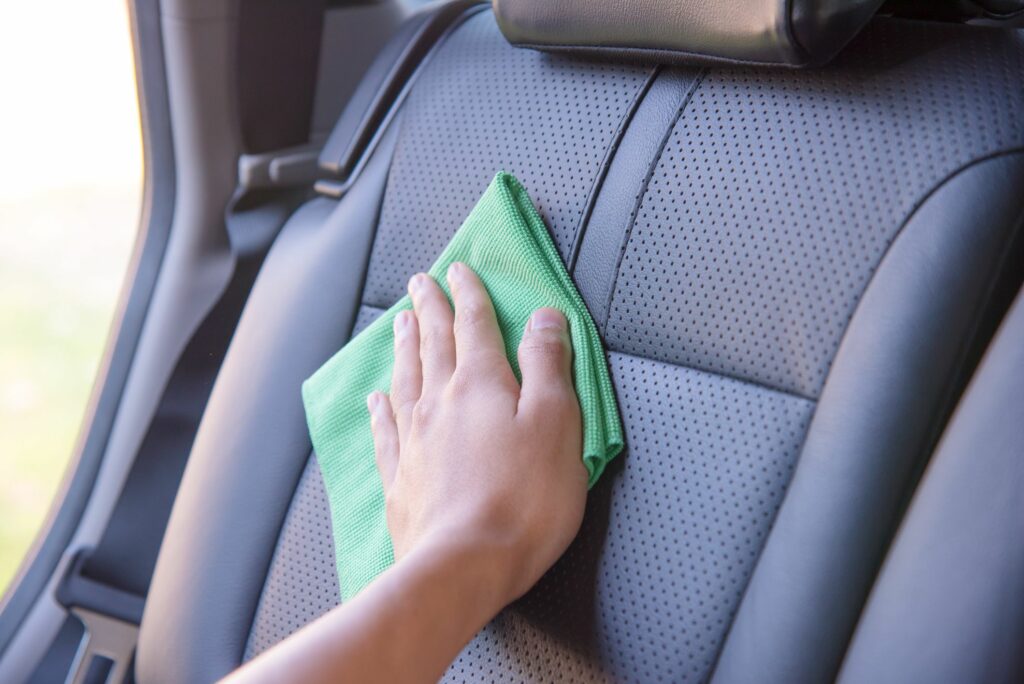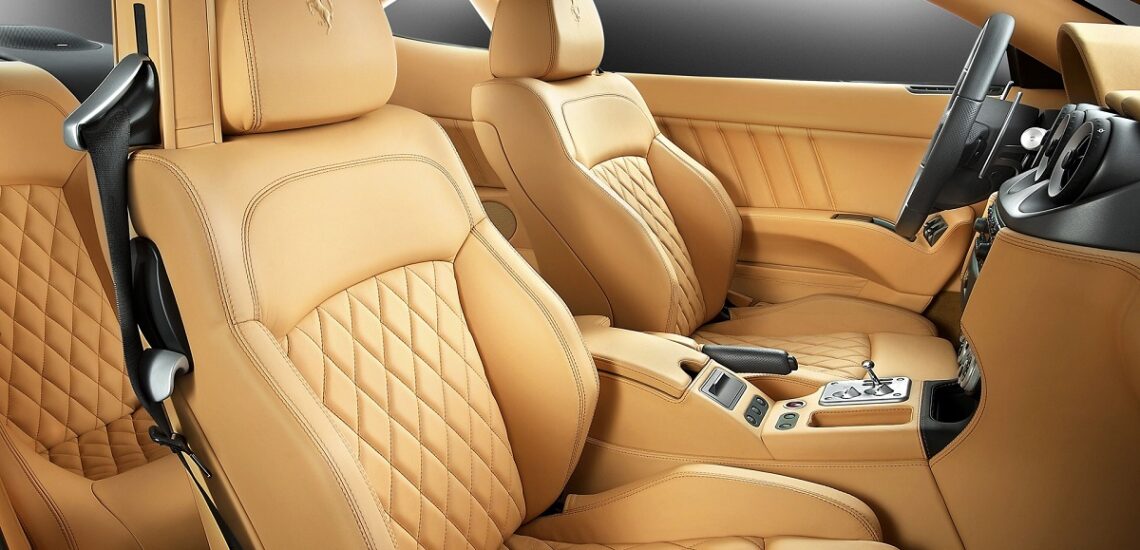Seats are probably the most underrated part of a car. We like to get comfortable, but have no idea how they work. If we were well versed, we would hardly use such primitive jargon as “furniture” or “chairs”. The most complex design, engineering and technological masterpiece is sometimes hidden under opaque upholstery. Since it’s a very expensive and heavy element of the car, it’s given much more attention in designing and production than in advertising or a report on a journalistic test drive.
Seats, that occupy a significant part of the interior, are extremely important for designers. For the driver, the seat is the main channel of physical communication with the car: a third of the body’s surface is in contact with it. European studies show that the average motorist spends about 22 thousand hours in the car during his life. And although seats of very poor quality are not often found today, about 75% of drivers complain of back problems to some extent. And also neck pain, circulatory difficulties, premature fatigue… The loss of concentration resulting from the latter is the cause of a third of serious road accidents in Europe. And after all that, you just call them “chairs.”
Although it all started with furniture technologies. Until the beginning of the 20th century, horseless carriages were equipped with spring seats like a grandma’s sofa: a set of twisted metal springs was covered with leather with a small soft lining. Since the 1900s, this particular layer has been improved, with the use of natural fibers from animal hair to coconut threads, including rubberized ones. In the 1930s, a foam, first latex, appeared. It made seats cheaper compared to spring ones. Since the 1960s, even more affordable polyurethane foam with various derivatives has entered the automotive industry.
Even 30 years ago, it was believed that the best car seats combined a spring frame and a molded foam shell, but economic considerations had nullified the “sofa” design by the early 1990s. Seat springs are still used today, but have been simplified to an S-shaped wire, as an unobtrusive support for the foam.
In any case, the frame made of metal or composites serves as the basis. Its strength has increased many times in recent decades, primarily due to the stricter requirements of passive safety. At least belt catches, or even inflatable pillows, are now attached to seats, and seats themselves are supposed to be tested for strength in a variety of parameters. These standards, as well as the development of a scientific approach to the design of standard seats, almost killed the market for tuned ones. Even the famous Recaro company, which started with them, hasn’t been producing civil car seats itself for about ten years, only “trading the name” on the side.
It is customary to evaluate car seats professionally twice. The primary perception is static, during literally the first 10-15 seconds of your being in the seat, like a customer in a car dealership. Does the seat interfere with the process of your getting into the car? How hard is it? Aren’t you cramped? Does it hold well? And most importantly ― how the reactive forces are distributed from the pressure of the human body on the upholstery. In simple terms, what is the “profile” of the seat that is frequently mentioned in automotive tests?
Then, during a trip of at least an hour or two, a picture of dynamic comfort is formed. All of these factors, while the perception of them may change in motion, also include the way the seat dampens a wide range of vibrations. After all, not only the suspension is responsible for the smooth ride, but also the triumvirate of tires, chassis and seats.
Scientifically speaking, the frame, elastic elements, foam together and separately should avoid resonances in the most unpleasant frequency range from four to eight hertz. Resonances at frequencies from 0.1 to 0.6 Hz cause motion sickness ― do you remember the lulling back seat of your grandpa’s Volga? The rejection of frames on twisted springs made life easy for people with weak vestibular apparatus significantly. The natural vibration frequencies of modern seats are much higher. But they also shouldn’t be too rigid, so that they don’t transmit vibrations.

How to make a perfect seat? Scientific research on this topic began only in the 1940s, and it took two to three decades before the results had a noticeable effect on mass production, and not everywhere. But now there is no shortage of data, and no one seems to work on a whim or by trial and error method. Numerous studies even sometimes contradict each other. In particular, in the most important question — how the load from the body should be distributed over the seat.
A minority of scientists believe that it is enough to make a seat evenly soft, as, for example, in old French cars. A majority of scientists – that the stiffness should vary, because different body parts don’t bear the load equally. It’s possible to reduce the pressure on vulnerable tissues by making the seat denser at the points of contact with the hardiest parts of the body. These are buttocks under ischial tuberosities and a lower back area.
The angle between the pillow and the seat back is selected so that the person doesn’t “slide” on the pillow, because then the displacement of tissues will be added to the tension from the compression in the lower body part. At the same time, those who sit should be able to change their position on a long journey without significantly changing the pressure map. In the most comfortable position for a person, each of joints is approximately in the middle of its rotation range. All calculations are made relative to the center of the hip joint, the so-called H point (hip-point, but some engineers use the R index).
It is taken into account that the upholstery is deformed on average by 4-5 cm under the body weight. In extra-soft seats – by about 8 cm. The comfort of the seating position depends on its height, that is, the position of the H point above the car body’s floor. The problem is that all people are different. It is enough to recall the proportion of obese US residents or the statistically low average height of the Chinese.
The traditional range between the so-called fifth female percentile (a lady with a height of about 1.53 m) and the 95th male one (1.87 m) differs from market to market. But even within this framework, manufacturers manage to satisfy only 90% of customers. They have to choose for whom the car is mainly produced, because even a million adjustments can’t fully compensate for the difference in physique. But the seat should not only take, comfortably place the body, but also fix it.
And there is also evidence that people are getting taller: Americans and Europeans become a centimeter taller every ten years. It’s not surprising that front seats’ lengthwise adjustment ranges, once outlined by DIN standards as at least 160 mm, today sometimes reach almost 300. The height-adjusting yoke is usually 60-70 mm.
The microclimate is a different story. Since a third of our body is in contact with the seat, its role in providing thermal comfort is enormous. The optimal surface temperature is 23 ºС at any time of the day and year. Unsurprisingly, heated seats appeared as early as 1966 as an option for Cadillac cars. But heat exchange is a two-way process. The upholstery should absorb approximately 75 W/m² of the human body’s thermal energy. Simply put, it should allow air and sweat to pass through.
Except for additional covers from the car market, the upholstery made of artificial leather is the worst option in this regard. Natural one, albeit a little, but “breathes” – although it is desirable to provide it with a deep texture to ensure micro-drainage. At the same time, the forming foam should be thick in any case, because it becomes almost impermeable when compressed by more than 80%.
However, the fabric, even the cheapest one, is better. Leather upholstery can be compared with it in terms of heat removing efficiency only in the case of expensive perforation and even more expensive ventilation. As a rule, fans work to extract air. This has been the case since 1997, when a similar system debuted on the Saab 9-5. Most likely, more efficient small heat pumps will soon be built into seats. They use the principle of air conditioning – the selection or release of heat when the aggregate state of the refrigerant changes.
Among the current trends, there is a maximum individualization for a specific person with the use of personal lodgements, as has long been done in motorsport and the sports car industry. When Ferrari has been selling three sizes of seats for road cars for a long time, Porsche already offers individual molding of “buckets” of three rigidity degrees for track versions of the 911 and 718 models.
As for mass-produced cars, manufacturers try to increase the number of adjustments. The record holder is the Lincoln brand, which since 2017 has been offering seats with 15 adjustable parameters, including individual changes in the length and angle of pillows of each hip. In the American style, they are called seats with 30 adjustments, meaning that all sizes can be changed in two directions.

Massage is no surprise at all, it is offered even for Ford F-150 pickups. Simple sensors built into seats will soon allow the driver to monitor his pulse and warn of a loop of vigilance. For sure, the series will also include advanced seat load sensors that control the “map” of the person’s pressure on the upholstery. This is useful not only for optimizing the adjustments of the seat itself, but also for adjustment of active safety systems. And even for antitheft systems! So we can easily read something like “your ischial tuberosities are recognized, have a good trip” on the dashboard in the near future.
You can read the original here: https://www.drive.ru/technic/5ed0dcc6ec05c4ac13000157.html

Published August 12, 2021 • 8m to read






